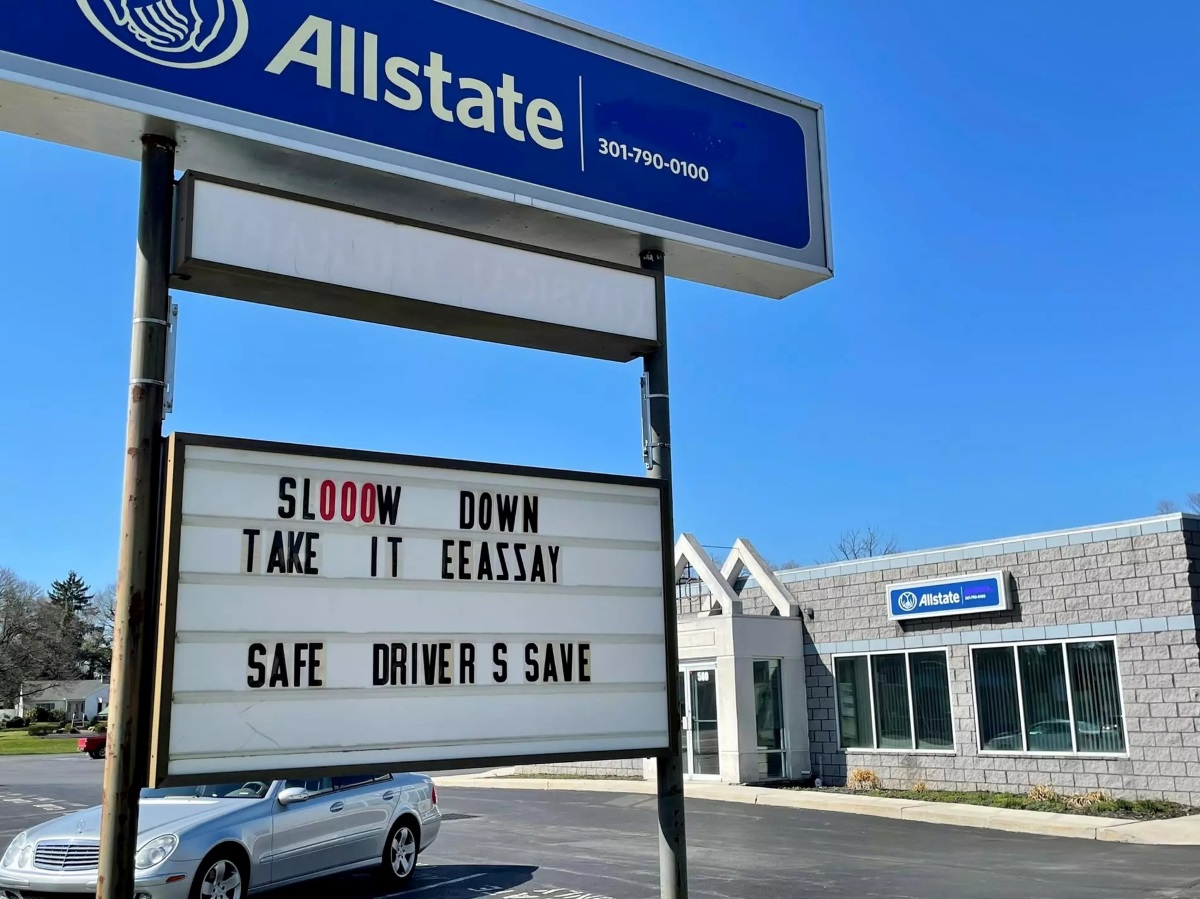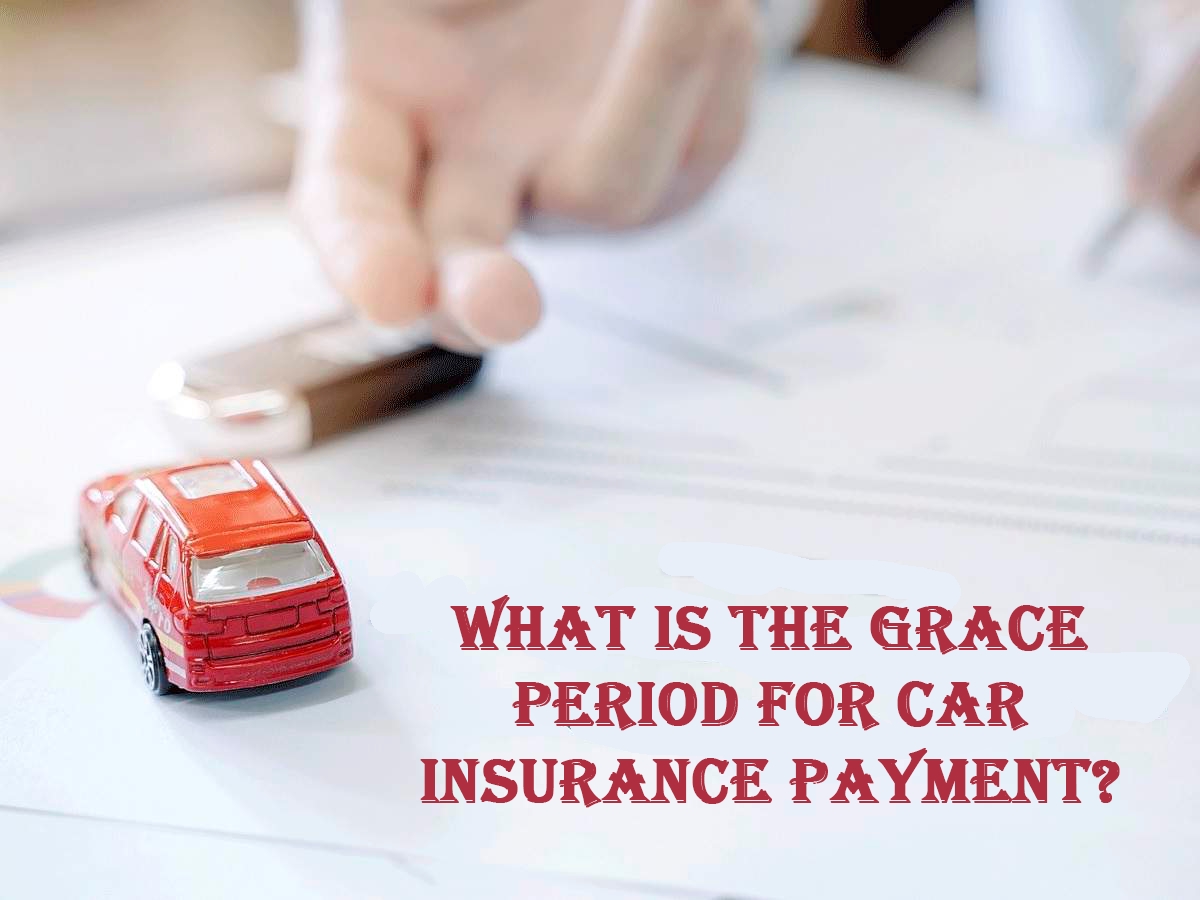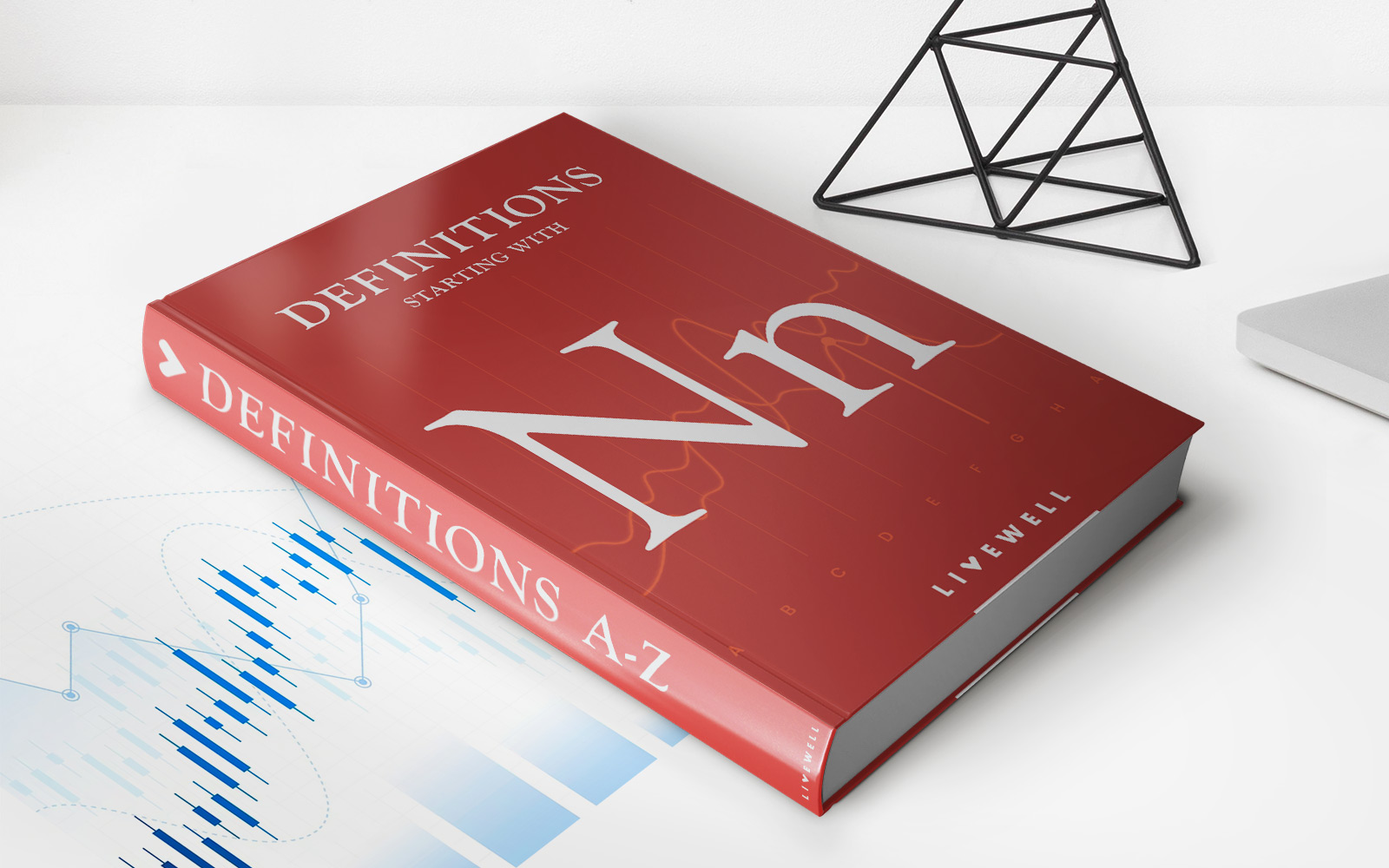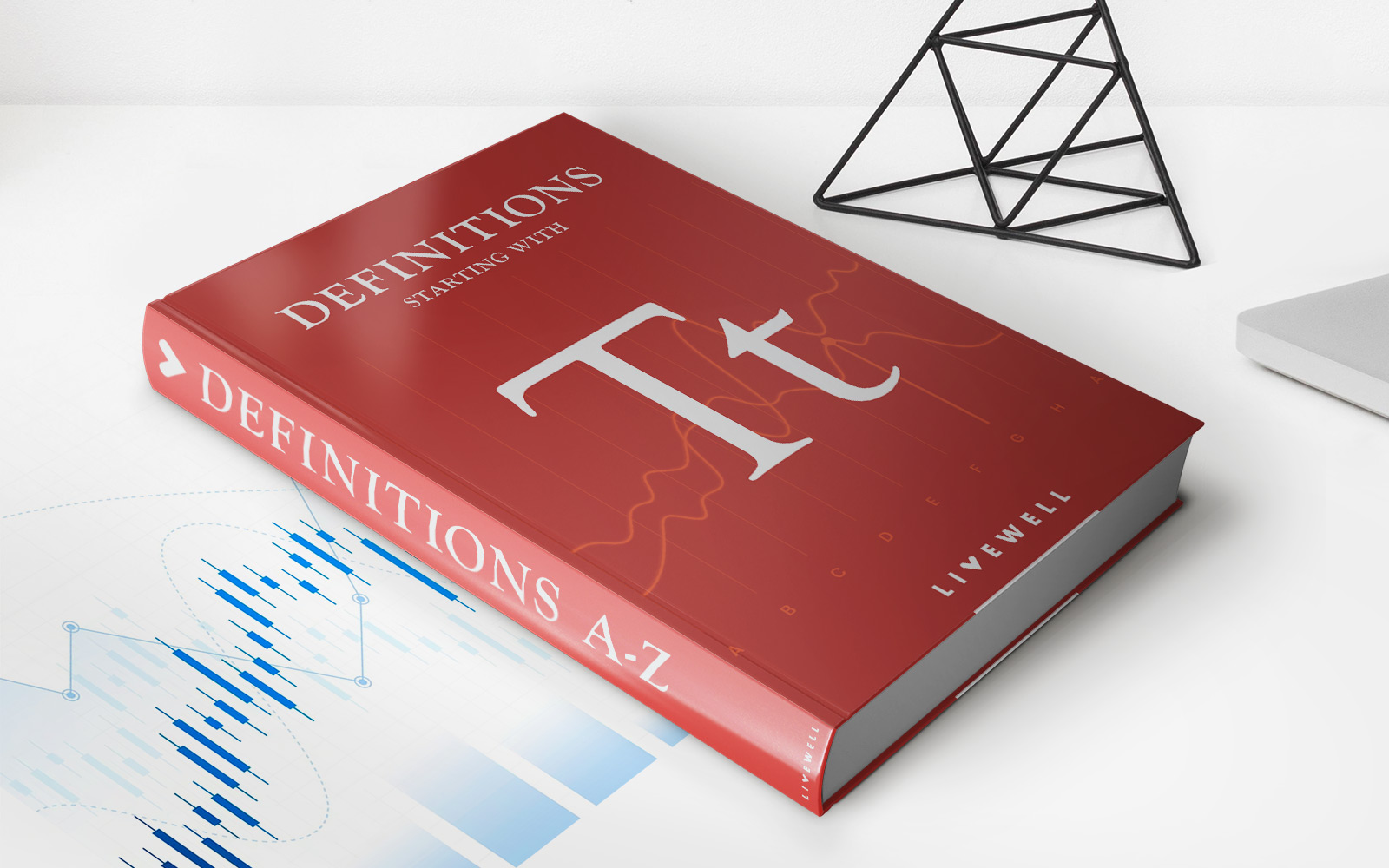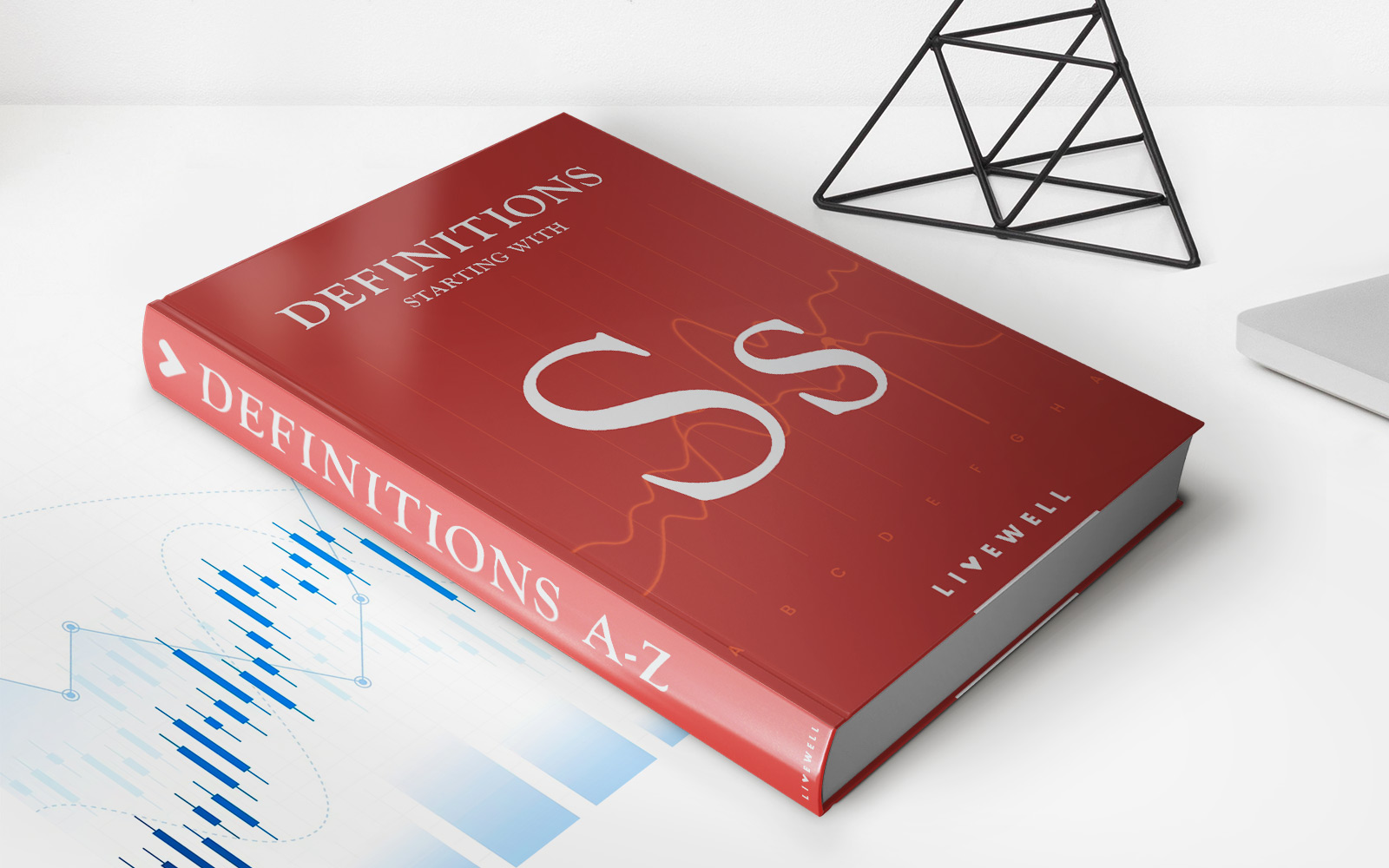Home>Finance>What Is The Grace Period To Add A Used Vehicle To Insurance


Finance
What Is The Grace Period To Add A Used Vehicle To Insurance
Published: February 21, 2024
Learn about the grace period for adding a used vehicle to your insurance and how it impacts your finances. Get the information you need to make the right decisions.
(Many of the links in this article redirect to a specific reviewed product. Your purchase of these products through affiliate links helps to generate commission for LiveWell, at no extra cost. Learn more)
Table of Contents
Introduction
Purchasing a used vehicle can be an exciting venture, offering the opportunity to acquire a reliable mode of transportation at a more affordable price point. However, amidst the thrill of owning a new set of wheels, it's crucial to address the matter of insurance coverage. Many individuals may wonder about the grace period for adding a used vehicle to their insurance policy. Understanding this grace period is essential for ensuring that the vehicle is adequately protected from unforeseen circumstances.
When considering the addition of a used vehicle to an insurance policy, it's important to grasp the concept of the grace period and its implications. This period refers to the timeframe during which a newly acquired vehicle is automatically covered by an existing insurance policy, typically allowing a brief window for the owner to update their coverage. However, the specifics of the grace period can vary based on the insurance provider and the regulations of the state in which the vehicle is registered.
As such, delving into the intricacies of the grace period, its significance, and the potential consequences of failing to adhere to the stipulated guidelines is paramount. Additionally, understanding the process of adding a used vehicle to an insurance policy, including the requisite steps and documentation, is crucial for ensuring comprehensive protection and compliance with legal requirements. This article will explore these aspects in detail, shedding light on the importance of timely insurance coverage for used vehicles and providing insights into the necessary procedures.
Understanding the Grace Period
The grace period for adding a used vehicle to an insurance policy serves as a transitional window during which the newly acquired vehicle is granted provisional coverage under an existing insurance plan. This period is designed to provide owners with a brief timeframe to update their insurance policy to encompass the additional vehicle. While the specifics of the grace period can vary based on the insurance provider and state regulations, it typically ranges from a few days to a few weeks.
During this grace period, the newly acquired used vehicle is generally covered under the terms of the existing insurance policy, offering a degree of protection against unforeseen events such as accidents or theft. However, it’s important to note that the extent of coverage during this period may be limited, and it’s advisable to promptly update the insurance policy to ensure comprehensive protection for the vehicle.
It’s essential for vehicle owners to familiarize themselves with the specific duration of the grace period outlined by their insurance provider. This information can typically be found in the insurance policy documents or obtained by contacting the insurance company directly. Understanding the duration of the grace period is crucial for taking timely action to update the insurance policy and avoid any potential gaps in coverage.
Furthermore, the grace period serves as a valuable opportunity for owners to initiate the process of adding the used vehicle to their insurance policy without immediately incurring additional costs. By leveraging this transitional period effectively, owners can ensure that their newly acquired vehicle is seamlessly integrated into their insurance coverage, providing peace of mind and financial protection.
Importance of Adding a Used Vehicle to Insurance
Adding a used vehicle to an insurance policy is of paramount importance to safeguard both the vehicle and its owner from potential risks and liabilities. Comprehensive insurance coverage provides financial protection in the event of unforeseen circumstances, such as accidents, theft, or damage, offering peace of mind and mitigating the financial impact of such incidents.
By promptly adding a used vehicle to an insurance policy, owners ensure that the vehicle is adequately protected from the moment of acquisition. This proactive approach minimizes the risk of being exposed to potential liabilities and financial losses resulting from unexpected events. Furthermore, comprehensive insurance coverage can encompass a range of scenarios, including collisions, natural disasters, vandalism, and theft, providing a layer of security in various circumstances.
Moreover, in many jurisdictions, maintaining valid insurance coverage is a legal requirement for vehicle owners. Failing to adhere to these regulations can lead to penalties, fines, and legal consequences. Therefore, adding a used vehicle to an insurance policy in a timely manner not only provides financial protection but also ensures compliance with legal obligations, thereby avoiding potential legal repercussions.
Additionally, insurance coverage for a used vehicle can offer benefits beyond protection against physical damage or loss. Depending on the type of coverage selected, insurance policies may also encompass liability protection, medical payments, and uninsured motorist coverage, among other features. These additional provisions can prove invaluable in various circumstances, offering support and financial assistance when needed.
Ultimately, the importance of adding a used vehicle to insurance lies in the peace of mind and financial security it affords to owners. By recognizing the significance of comprehensive insurance coverage and the potential risks of remaining uninsured, vehicle owners can take proactive steps to protect their investment and well-being.
Consequences of Not Adding a Used Vehicle to Insurance
The decision to not add a used vehicle to an insurance policy can have far-reaching consequences, exposing both the vehicle owner and the vehicle itself to significant risks and potential liabilities. One of the most immediate and critical consequences of forgoing insurance coverage is the lack of financial protection in the event of accidents, theft, or damage. Without adequate insurance, the owner may be solely responsible for covering the expenses incurred as a result of such incidents, potentially leading to substantial financial strain.
Furthermore, in many jurisdictions, driving an uninsured vehicle is illegal and can result in severe legal consequences. Vehicle owners may face hefty fines, license suspension, vehicle impoundment, and other legal penalties for operating an uninsured vehicle. These legal ramifications can have lasting repercussions on the owner’s financial standing and driving privileges, underscoring the gravity of neglecting to add a used vehicle to an insurance policy.
In the absence of insurance coverage, the owner may also be held personally liable for any damages or injuries resulting from an accident in which the uninsured vehicle is involved. This can lead to legal disputes, civil claims, and substantial financial obligations, potentially jeopardizing the owner’s assets and financial well-being.
Moreover, the decision to forego insurance coverage for a used vehicle can impact the owner’s ability to secure future coverage at favorable rates. A lapse in insurance coverage or a history of driving uninsured can be viewed unfavorably by insurance providers, leading to higher premiums and limited coverage options in the future.
Additionally, the absence of insurance coverage can hinder the owner’s ability to access essential benefits such as medical payments, liability protection, and uninsured motorist coverage in the event of an accident. This lack of financial support can exacerbate the impact of accidents and injuries, potentially leading to significant out-of-pocket expenses and hardships.
In essence, the consequences of not adding a used vehicle to an insurance policy extend beyond financial risks and legal implications. By neglecting to secure adequate insurance coverage, vehicle owners expose themselves to a myriad of potential hardships, emphasizing the critical importance of promptly addressing insurance needs for newly acquired vehicles.
How to Add a Used Vehicle to Insurance
Adding a used vehicle to an existing insurance policy involves several essential steps to ensure comprehensive coverage and compliance with legal requirements. The process typically begins with contacting the insurance provider to initiate the addition of the newly acquired vehicle to the policy. This can often be done through various communication channels, including phone, email, or online portals, providing flexibility and convenience for the policyholder.
When reaching out to the insurance provider, it’s important to have pertinent information readily available, such as the vehicle’s make, model, year, vehicle identification number (VIN), and mileage. This information enables the insurance company to accurately update the policy and calculate the appropriate premiums based on the specific attributes of the newly acquired vehicle.
During this process, policyholders may have the opportunity to review and adjust their existing coverage options, such as liability limits, comprehensive and collision coverage, deductible amounts, and additional endorsements. This presents an ideal occasion to reassess insurance needs and tailor the coverage to align with the requirements and preferences associated with the newly acquired used vehicle.
Following the submission of the necessary information, the insurance provider will update the policy to include the newly added vehicle, generating updated policy documents reflecting the revised coverage. It’s imperative for policyholders to thoroughly review these documents to ensure accuracy and completeness, verifying that the added vehicle is correctly listed and that the coverage aligns with their expectations.
Upon completion of the addition process, policyholders should secure proof of insurance for the newly added vehicle, such as an updated insurance card or electronic confirmation. This documentation serves as evidence of valid insurance coverage for the vehicle and may be required for vehicle registration, vehicle inspections, and other administrative procedures.
It’s important to note that the specific procedures for adding a used vehicle to an insurance policy may vary by insurance provider and jurisdiction. As such, policyholders are encouraged to seek guidance from their insurance company and familiarize themselves with any state-specific requirements governing the addition of vehicles to insurance policies.
By following these steps and maintaining open communication with the insurance provider, vehicle owners can seamlessly integrate their newly acquired used vehicle into their insurance coverage, ensuring comprehensive protection and compliance with legal obligations.
Conclusion
Understanding the grace period for adding a used vehicle to an insurance policy is essential for vehicle owners, as it provides a transitional window to update insurance coverage following the acquisition of a new vehicle. This grace period, which varies by insurance provider and state regulations, offers provisional coverage for the newly acquired vehicle under the existing policy, emphasizing the importance of timely action to ensure comprehensive protection.
Adding a used vehicle to an insurance policy is a critical step that safeguards both the vehicle and its owner from potential risks and liabilities. Comprehensive insurance coverage not only provides financial protection against accidents, theft, and damage but also ensures compliance with legal requirements, thereby mitigating the risk of legal repercussions. Furthermore, the decision to forego insurance coverage can lead to severe consequences, including legal penalties, financial liabilities, and limitations in securing future coverage at favorable rates.
By understanding the process of adding a used vehicle to insurance, including the requisite steps and documentation, vehicle owners can navigate this critical aspect of vehicle ownership with confidence. Promptly contacting the insurance provider, providing essential vehicle details, reviewing and adjusting coverage options, and securing proof of insurance are pivotal steps in integrating a newly acquired used vehicle into an existing insurance policy.
In essence, the grace period for adding a used vehicle to insurance serves as a vital opportunity for vehicle owners to ensure that their investment is adequately protected and compliant with legal obligations. By leveraging this transitional period effectively and following the necessary procedures, owners can navigate the insurance addition process seamlessly, thereby enhancing their peace of mind and financial security.
Ultimately, recognizing the significance of insurance coverage for used vehicles and proactively addressing this aspect of vehicle ownership is fundamental to safeguarding against potential risks and liabilities, underscoring the importance of timely action and informed decision-making in the realm of insurance.
